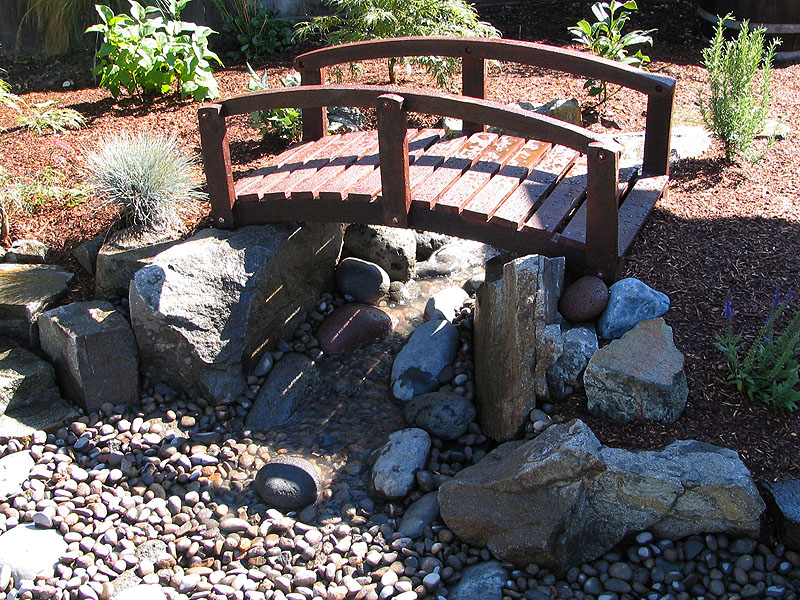
Unleashing the Artistry of Landscaping: Transforming Outdoor Spaces
Landscaping has emerged as a captivating art form that blends nature’s beauty with human creativity. It is a symphony of design, horticulture, and architecture that transforms outdoor spaces into captivating and functional realms. From sprawling gardens to intimate courtyards, landscaping holds the power to enhance our lives by creating harmonious environments that inspire, relax, and rejuvenate. In this article, we explore the captivating world of landscaping and the unique elements that make it a powerful medium of artistic expression.
At its core, landscaping is a blend of science and art. It integrates principles of botany, design aesthetics, and environmental sustainability to craft outdoor spaces that harmonize with their surroundings. The artistry of landscaping lies in its ability to evoke emotions and create immersive experiences through thoughtful design choices. From the selection of plants and materials to the arrangement of structures and pathways, every element is carefully orchestrated to shape the visual narrative of the landscape.
One of the defining characteristics of landscaping is its adaptability to various scales and contexts. Whether it’s a humble backyard or a grand public park, the principles of landscaping can be applied to create stunning outdoor spaces. Designers often consider the existing topography, climate, and cultural influences to create landscapes that feel indigenous and authentic. By embracing the natural attributes of a site, landscaping has the potential to weave narratives that celebrate the unique spirit of a place.
Plants, the living palette of any landscape, play a pivotal role in its design. They provide texture, color, fragrance, and a sense of seasonality. From native species that thrive in local conditions to exotic varieties that introduce an element of surprise, the choice of plants shapes the character of a landscape. A skilled landscaper knows how to balance these elements, creating a choreographed interplay of forms and colors that evolves throughout the year.
Structures and hardscapes act as the bones of a landscape, providing structure and defining spaces. They can range from intricate stone pathways meandering through a garden to elaborate gazebos offering tranquil retreats. The selection of materials, such as wood, stone, or concrete, influences the atmosphere and style of the landscape. By harmonizing with the surrounding natural elements, structures seamlessly integrate into the overall composition, enhancing the visual appeal and functionality of the space.
Water, whether in the form of serene ponds, cascading fountains, or babbling brooks, adds a captivating dimension to any landscape. Its soothing sounds and reflective properties bring a sense of tranquility, while also attracting wildlife and fostering biodiversity. Water features can be designed to fit any scale, from intimate courtyard installations to expansive aquatic gardens. The interplay of water and light creates ever-changing visual spectacles that captivate and engage the senses.
The environmental impact of landscaping cannot be overstated. Sustainable practices, such as water conservation, use of native plants, and efficient irrigation systems, have become integral to modern landscaping. Designers strive to create landscapes that not only mesmerize but also contribute to the preservation and restoration of natural ecosystems. By embracing ecological principles, landscaping can become a powerful tool in mitigating climate change and fostering environmental stewardship.
In conclusion, landscaping is an art form that harmonizes nature and human ingenuity. Through careful design choices, skilled landscapers craft outdoor spaces that captivate the imagination and touch the soul. From the selection of plants to the arrangement of structures and the inclusion of water features, every element plays a vital role in shaping the overall composition. By embracing sustainability and respecting the unique characteristics of a site, landscaping can create transformative spaces that inspire and connect us with the natural world. So let us appreciate the artistry of landscaping and revel in the magic it brings to our outdoor environments.